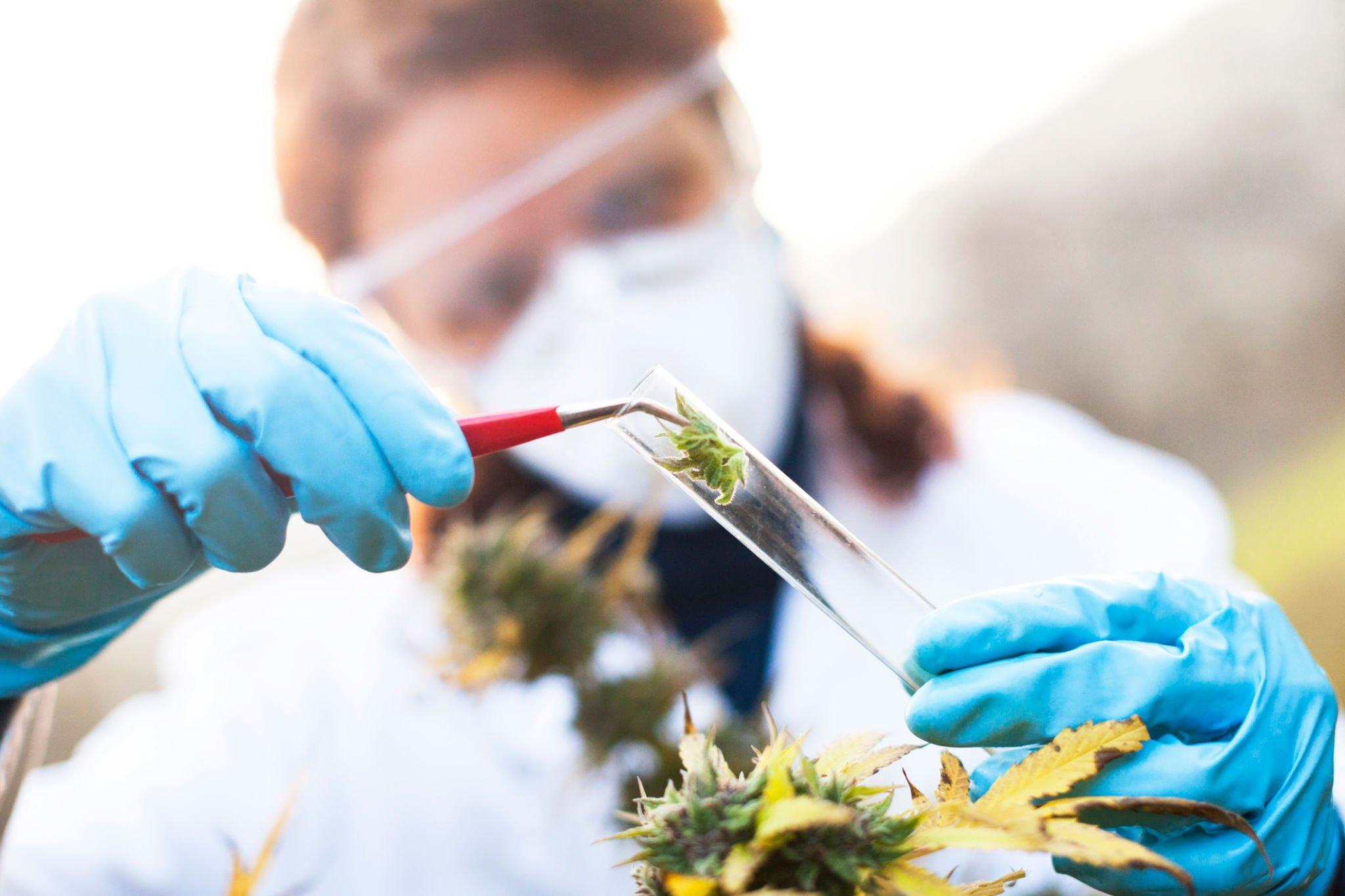How to use cannabis extract can be a confusing topic for those new to the world of medical marijuana. While the variety of cannabis products available on the market today may seem overwhelming, extracts, in particular, have gained a lot of attention due to their potency and fast-acting effects. If you’re interested in trying cannabis extracts for the first time, it’s important to understand what they are and how they work.
In this article, we’ll explore the basics of cannabis extracts, including the extraction process, different types of extracts, and how to use them safely and effectively.
What is Cannabis Extract?
Cannabis extracts refer to a class of cannabis concentrates that are produced by dissolving cannabis plant material in a solvent. Unlike mechanical extraction techniques, such as sifting or pressing, the process of making extracts relies on the use of solvents to strip the plant material of its cannabinoids.
The extraction process typically involves combining the plant material with a chemical or substance that can effectively extract the desired cannabinoids. Once the mixture is created, it is then separated from the plant material, and the solvent is removed through evaporation or other methods. This leaves behind a potent concentrate of cannabinoids, suitable for use in various forms.
More: How to Store Cannabis to Keep It Fresh and Potent
Types of Cannabis Extract
- Crumble: Crumble is a dry and crumbly cannabis extract known for its texture. It breaks apart easily, resembling small, granulated pieces. This form of extract offers versatility and convenience for consumers.
- Wax: Wax is a cannabis extract with a relatively sticky and stretchy texture. Its consistency is akin to soft wax or honey, making it easy to handle and use. Wax is popular among dabbing enthusiasts due to its pliable nature.
- Shatter: Shatter is a cannabis extract characterized by its brittle nature, which causes it to break or snap easily. It has a glass-like appearance and a smooth texture. Shatter is often preferred by users who enjoy the potency and purity of the extract.
- Budder: Budder is a cannabis extract that is typically made using butane as a solvent. It undergoes a unique whipping process that results in a creamy and butter-like texture. As a result, Budder is highly concentrated and favored by those seeking a rich and smooth experience.
In addition to extracts named after their textures, there are also extracts named after the extraction processes employed to create them. These include:
- Live Resin: Live resin is a relatively new addition to the cannabis extract scene. Unlike traditional methods that use dried cannabis, live resin is extracted from fresh, raw plants. This process helps to retain the plant’s original flavor profile, resulting in extracts with distinct aromas and potent effects.
- ISO Hash: ISO Hash is a cannabis extract produced using isopropyl alcohol or ethanol as the solvent. This method allows for the extraction of cannabinoids, terpenes, and other desirable compounds from the plant material. The resulting extract can vary in consistency, from a sticky resin to a crumbly form.
- Butane Hash Oil (BHO): BHO is a cannabis extract that utilizes butane as the solvent. This process involves passing butane through the cannabis plant material to extract cannabinoids and terpenes. BHO extracts are highly potent and often sought after by experienced users due to their strong effects.
- CO2 Oil: CO2 oil is a cannabis extract produced using compressed carbon dioxide as the extraction solvent. This method involves subjecting CO2 to specific temperature and pressure conditions, allowing it to act as a solvent to extract cannabinoids and other compounds. CO2 oil is known for its purity and is commonly used in vaporizers and cartridges.
- Tincture: Tinctures are a type of cannabis extract that uses alcohol as the solvent to extract cannabinoids from the plant material. This extraction process results in a concentrated and potent liquid form of cannabis. Tinctures offer precise dosing options and are often consumed sublingually or added to food and beverages.
How to Use Cannabis Extract
When it comes to using cannabis extracts, the most common method is dabbing, which involves using a dab rig and a heating source like a torch. To start the process, the consumer heats the nail of the dab rig until it reaches the desired temperature, and then carefully places a chunk of cannabis extract onto the hot nail. As the extract comes into contact with the hot surface, it rapidly vaporizes, releasing a super-potent and cannabinoid-rich vapor. To inhale this vapor, users draw it through a water pipe, which helps cool and filter it for a smoother experience.
On the other hand, for those who prefer a more straightforward approach, there are edible or drinkable extracts like tinctures. These extracts can be consumed by directly eating them, adding them to food or beverages, or taking them sublingually beneath the tongue. This straightforward method allows for the easy integration of cannabis extracts into daily routines without requiring specialized equipment. It’s advisable to consult with a medical marijuana doctor who can provide personalized guidance based on your specific needs and health conditions, as they can help determine the appropriate dosage and consumption method for you.
Talk to a Pause Pain & Wellness Provider Today to Get Started
If you’re interested in trying out cannabis extracts, it’s important to get started on the right foot. To ensure a safe and effective experience, it’s best to consult with a trained professional who can guide you through the process. At Pause Pain & Wellness, we offer expert guidance on how to use cannabis extracts for your specific needs. Our knowledgeable providers can help you select the right type of extract and dosage and advise on the best consumption methods for your lifestyle.
To get started, simply contact us at 833-940-5060 (8 am-5 pm CST) or visit one of our locations across Mississippi, including Oxford, Meridian, Flowood/Jackson, Tupelo, Olive Branch, Starkville, Hattiesburg, and Gulfport.

